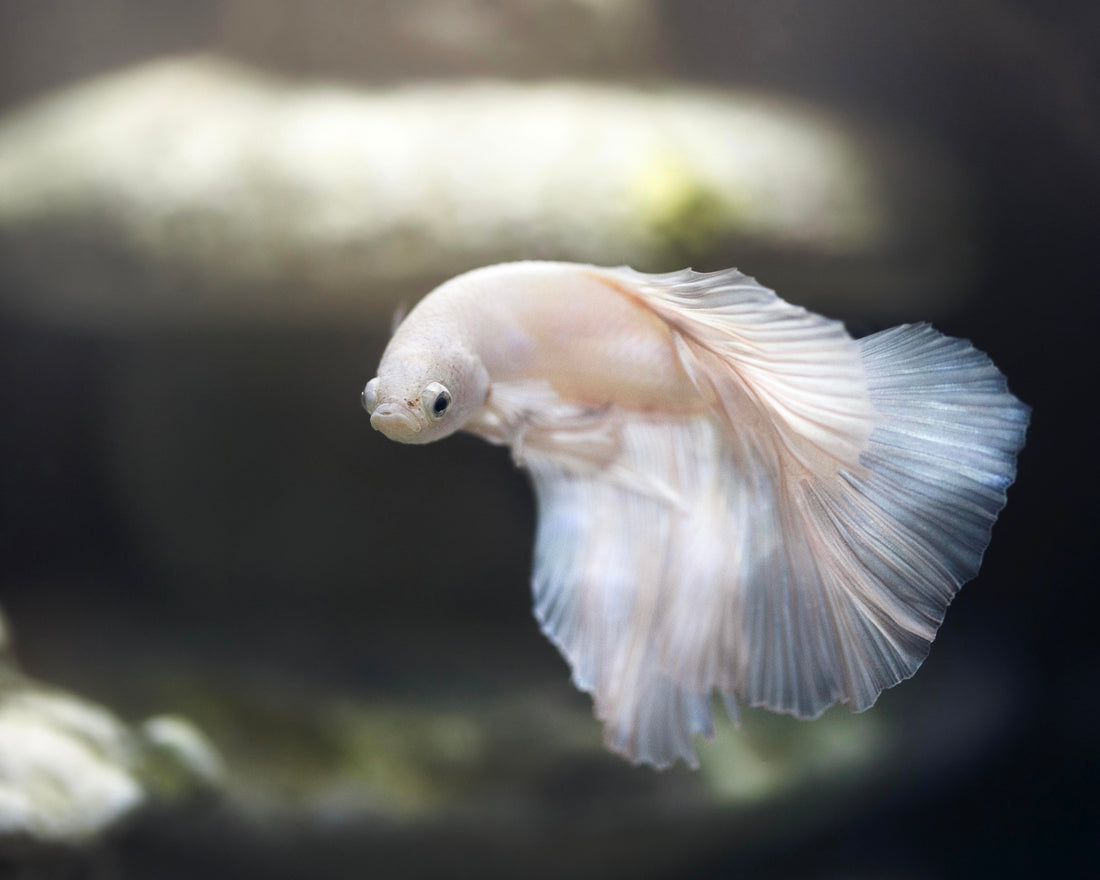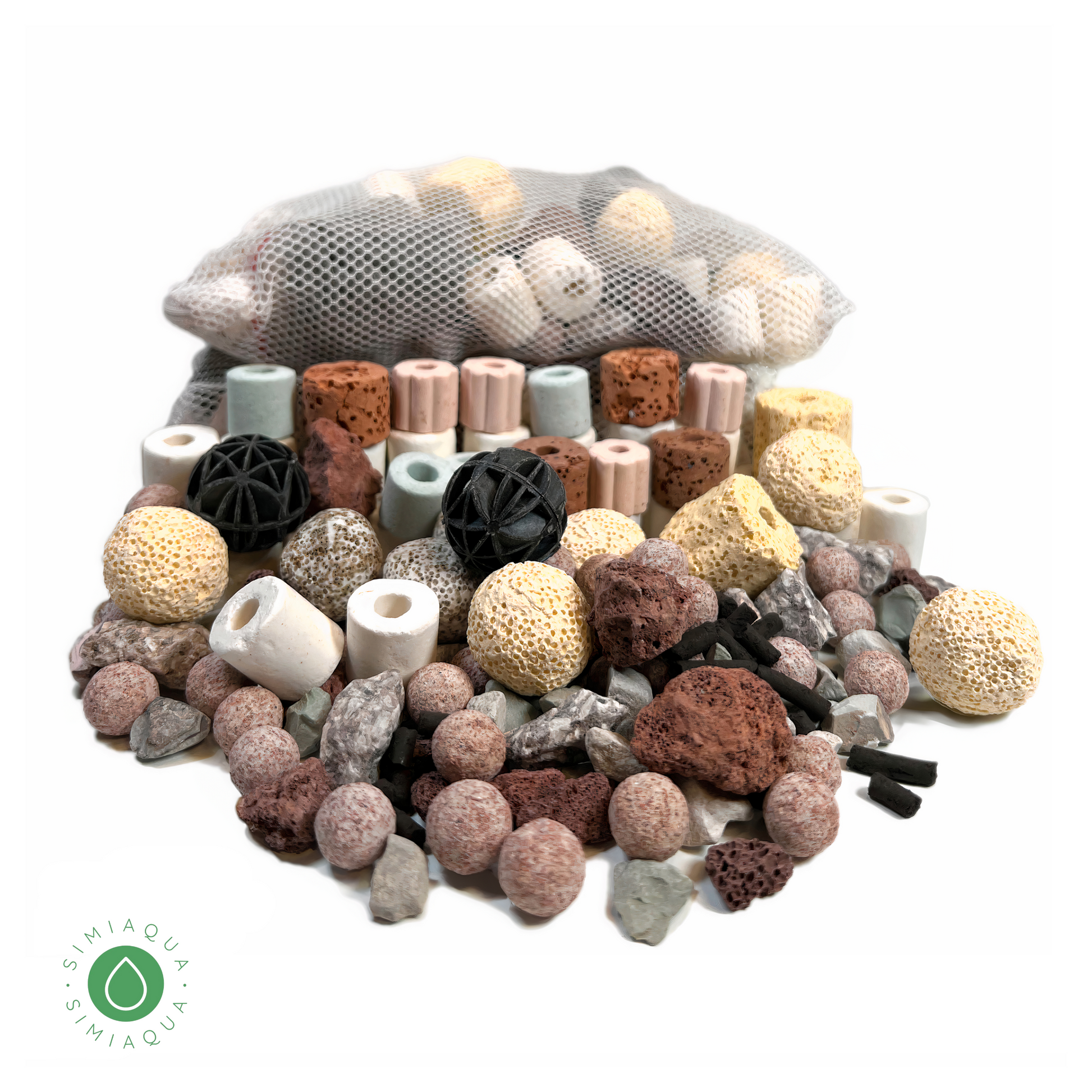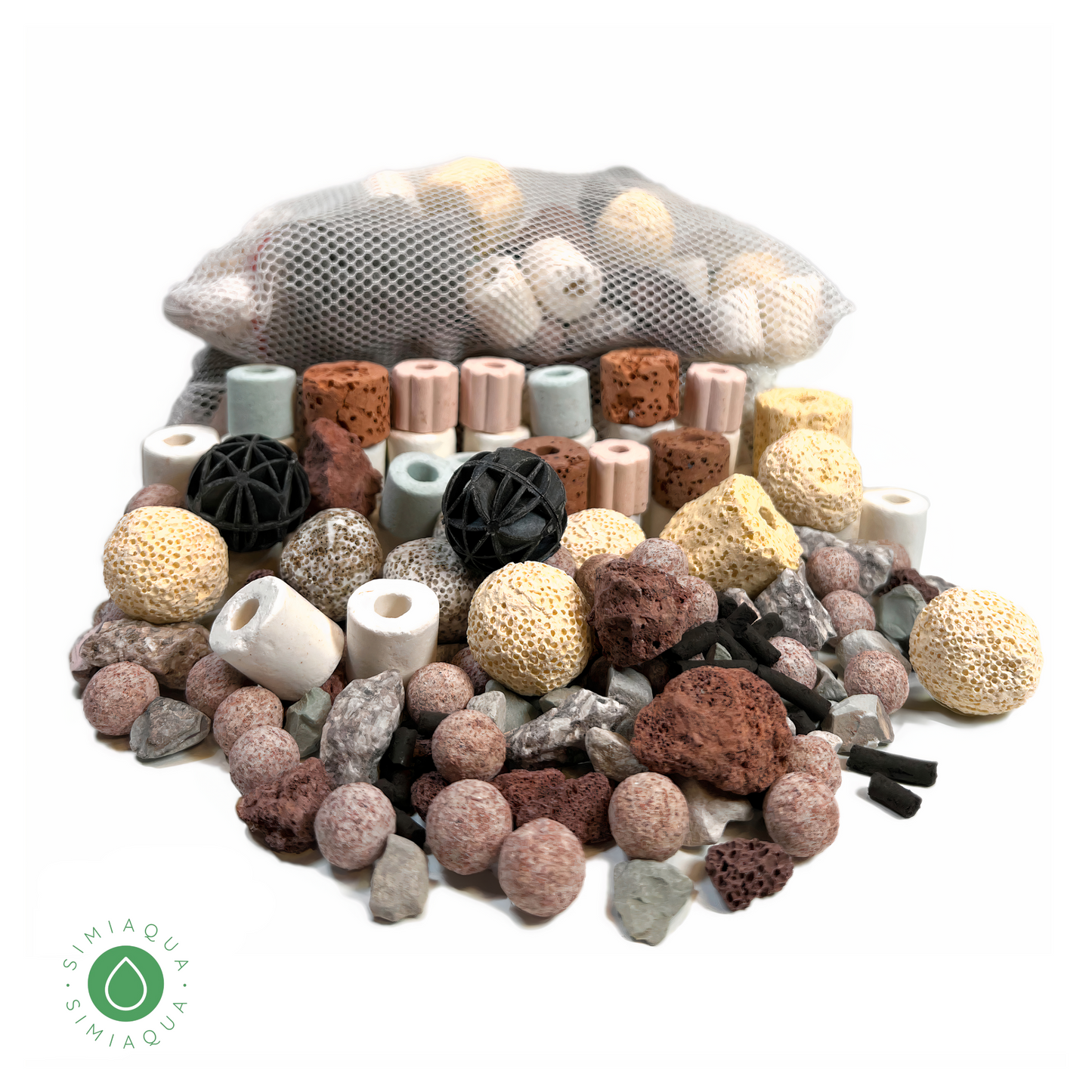
Mouth Rot in Fish: Symptoms, Causes, and Treatment
Share
Mouth rot, also known as cotton-mouth, mouth fungus, and flexibacter, is a serious and potentially life-threatening disease that affects fish. It is characterized by the presence of a patch of white or yellowish material on the lips of the fish, which is actually a bacterial infection. As the disease progresses, the bacteria produce toxins that can damage and erode the lips and surrounding tissue of the fish, leading to severe inflammation and ulceration.
In advanced cases of mouth rot, the infected fish may have difficulty eating due to the damage to their lips and mouth. This can lead to malnutrition and a decrease in the fish's overall health. In severe cases, the disease can spread to other parts of the fish's body and can even be fatal.
Mouth rot is most commonly seen in freshwater fish, but it can also affect saltwater fish. It is often caused by poor water quality, overcrowding, or a compromised immune system. It can also be transmitted from one fish to another, so it is important to isolate infected fish to prevent the spread of the disease.
Treatment for mouth rot involves the use of antibiotics and supportive care to help the fish heal and prevent the spread of the infection. It is important to catch and treat mouth rot early on, as it can quickly become severe and potentially fatal if left unchecked. Proper care and management of the fish's environment, including maintaining good water quality and avoiding overcrowding, can help prevent the development of mouth rot and other fish diseases.







